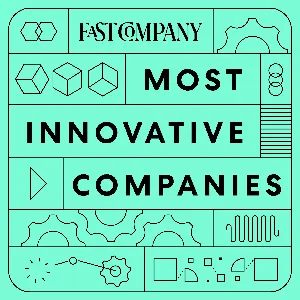How Salad Chain Sweetgreen Figures Out Its Next Product to Sell

Sweetgreen, the popular fast food salad restaurant, recently announced that it was eliminating all use of seed oils, in favor of higher quality oils such as avocado and olive oil. This is more costly, but the company sees it as worthwhile, given its reputation for high-quality ingredients, and growing public interest in oils. So how does a company like Sweetgreen decide what to sell? And how does it compete against the numerous other fast casual chains competing for lunchtime dollars. On this episode we speak with co-founder Nicolas Jammet about the company's strategy, how it deals with labor and commodity costs, and the future of the restaurant business.
See omnystudio.com/listener for privacy information.

